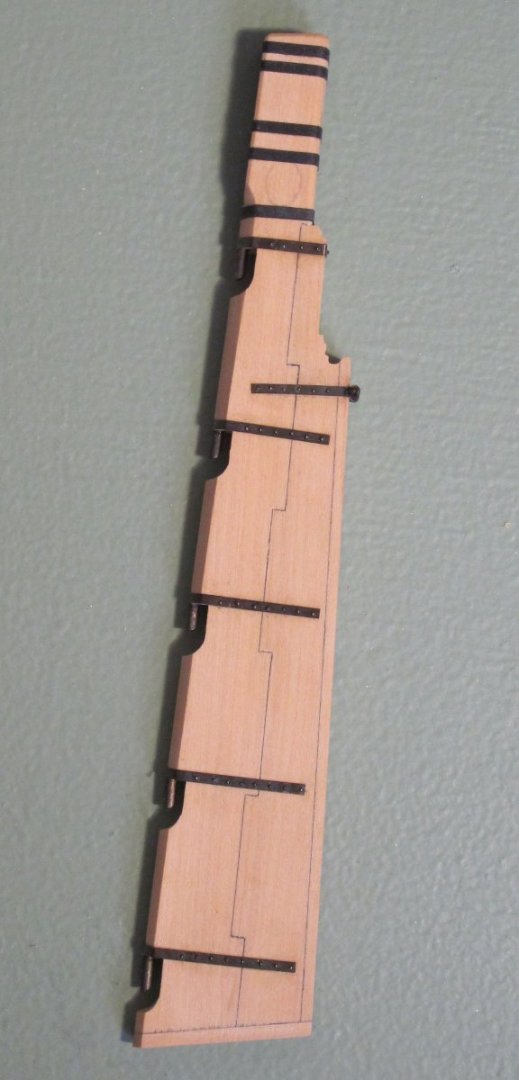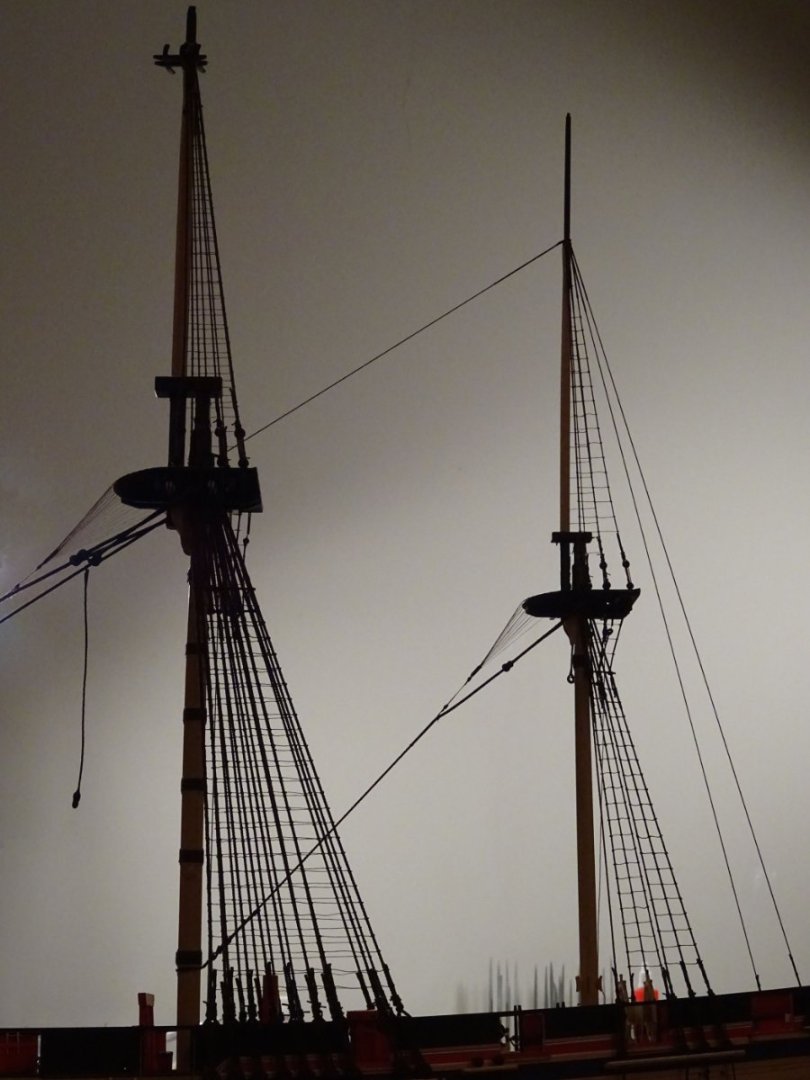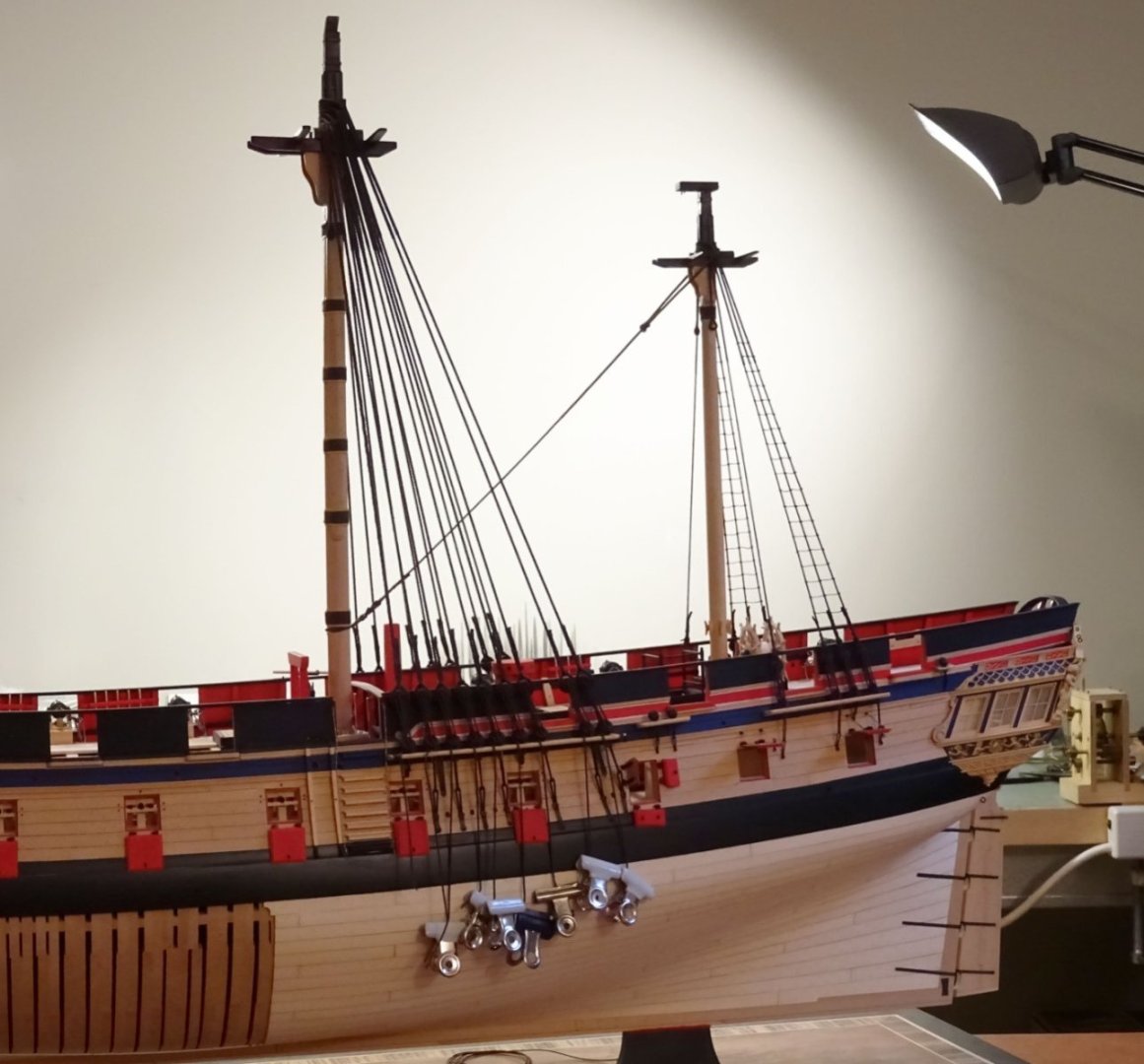-
Posts
13,290 -
Joined
-
Last visited
Content Type
Profiles
Forums
Gallery
Events
Everything posted by druxey
-
Welcome aboard and thanks for introducing yourself, Mark.
-
A very nice trio indeed! Well done, Eric.
- 62 replies
-
- Muscongus Bay Lobster Smack
- Model Shipways
-
(and 1 more)
Tagged with:
-

How to "unstick" this chuck from the mill spindle?
druxey replied to rlb's topic in Modeling tools and Workshop Equipment
Please use a soft-headed hammer for the purpose! -
Nice pissdales, Siggi. But I thought that they were a bit smaller than yours. Do you have a reference for their size?
-

Bugatti Type 35b by kpnuts - Italeri - 1/12
druxey replied to kpnuts's topic in Non-ship/categorised builds
Love the dirty, oily finish! I can almost smell it..... -
A very nice job on the dory, Shepherd! Well done.
- 13 replies
-
- Lowell Grand Banks Dory
- Model Shipways
-
(and 1 more)
Tagged with:
-
Bulkhead 4 needs to meet at the centerline. Hopefully it worked out!
- 88 replies
-
- Muscongus Bay Lobster Smack
- Finished
-
(and 1 more)
Tagged with:
-
The photos are from the prototype, which was later modified. All should be OK! (I think that you are the first person to notice this.)
- 88 replies
-
- Muscongus Bay Lobster Smack
- Finished
-
(and 1 more)
Tagged with:
-
My own method for dealing with ratlines so that shrouds do not 'hourglass' is to tie every fifth ratline first, then every third one and finally all the remaining ones. By not progressively working every one up in sequence, this has always worked well for me.
- 562 replies
-
- vanguard models
- alert
-
(and 2 more)
Tagged with:
-
Well, that was a good save!
- 62 replies
-
- Muscongus Bay Lobster Smack
- Model Shipways
-
(and 1 more)
Tagged with:
About us
Modelshipworld - Advancing Ship Modeling through Research
SSL Secured
Your security is important for us so this Website is SSL-Secured
NRG Mailing Address
Nautical Research Guild
237 South Lincoln Street
Westmont IL, 60559-1917
Model Ship World ® and the MSW logo are Registered Trademarks, and belong to the Nautical Research Guild (United States Patent and Trademark Office: No. 6,929,264 & No. 6,929,274, registered Dec. 20, 2022)
Helpful Links
About the NRG
If you enjoy building ship models that are historically accurate as well as beautiful, then The Nautical Research Guild (NRG) is just right for you.
The Guild is a non-profit educational organization whose mission is to “Advance Ship Modeling Through Research”. We provide support to our members in their efforts to raise the quality of their model ships.
The Nautical Research Guild has published our world-renowned quarterly magazine, The Nautical Research Journal, since 1955. The pages of the Journal are full of articles by accomplished ship modelers who show you how they create those exquisite details on their models, and by maritime historians who show you the correct details to build. The Journal is available in both print and digital editions. Go to the NRG web site (www.thenrg.org) to download a complimentary digital copy of the Journal. The NRG also publishes plan sets, books and compilations of back issues of the Journal and the former Ships in Scale and Model Ship Builder magazines.






